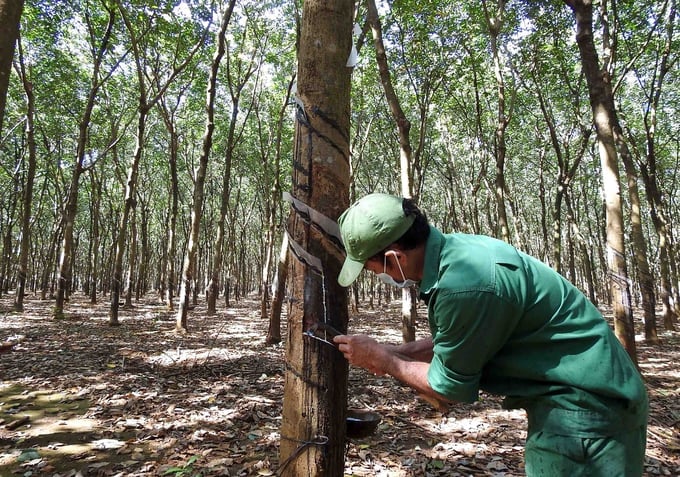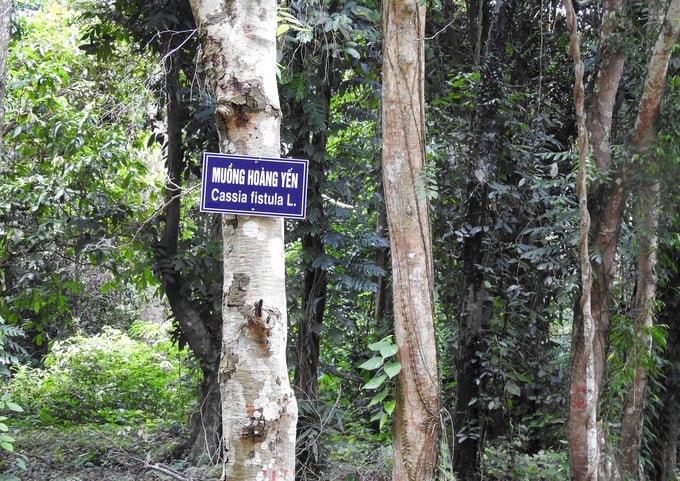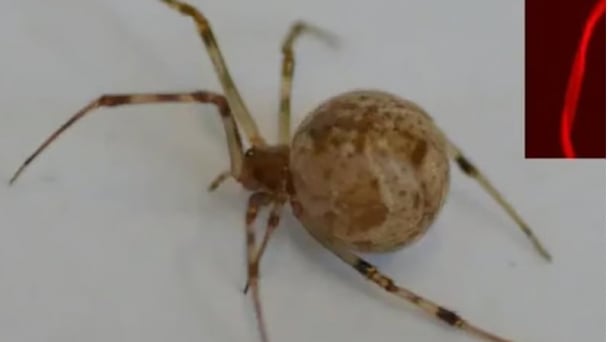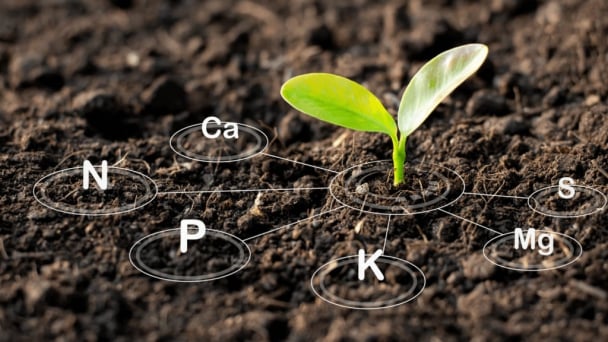May 21, 2025 | 10:02 GMT +7
May 21, 2025 | 10:02 GMT +7
Hotline: 0913.378.918
May 21, 2025 | 10:02 GMT +7
Hotline: 0913.378.918

A corner of the natural forest in waterfall area No. 4 of Binh Long Rubber. Photo: Thanh Son.
In the management area of Binh Long Rubber Company Limited, there is a natural forest in waterfall area No. 4 with an area of 24.8 ha. Statistic inspection results show that this forest has 188 species of plants, in which trees are the group with the largest number of species with 74 species, followed by the shrub group with 41 species. In particular, there are 3 species in the Vietnam Red Data Book and 4 species in the World Red Data Book. In addition, in this forest, there are currently 100 species of terrestrial vertebrates (17 species of mammals, 60 species of birds, 15 species of reptiles and 8 species of amphibians). Among them, 18 species are considered endangered and rare.
The natural forest at waterfall No. 4 is considered to play a very important role in creating a rich habitat and improving the climate for neighbouring residential areas. It is a place for people to visit, entertain and for children to experience the diversity of forest flora and fauna. Therefore, Binh Long Rubber has planned this forest for conservation purposes, combined with eco-tourism and environmental education. Activities to protect and preserve natural forest areas have always been of concern and carried out by the company for many years. Authorities and communities have the opportunity to comment and participate in the implementation of policies to support the community in forest protection.
In addition, Binh Long Rubber coordinates with local authorities to disseminate information to surrounding communities about forest protection and biodiversity conservation; Mobilize local authorities and communities to come up with initiatives to coordinate with the company to implement and monitor the implementation of forest protection plans.
Mr. Le Van Vui, General Director of Binh Long Rubber, said, that in addition to promoting management and biodiversity conservation of natural forests in waterfall area No. 4, in the development strategy for the period 2020 - 2025, the company will plant an additional 150 ha of natural forest.
In addition to Binh Long Rubber, Many rubber companies that are members of the Vietnam Rubber Group (VRG) are also promoting the conservation of natural forest areas within the unit's management.
Phu Rieng Rubber Company Limited (Binh Phuoc) currently has nearly 106 ha of natural forest distributed mainly in Tuy Duc Agriculture and Forestry Farm. Natural forests are distributed alternately in rubber forest plots, located in areas along streams or sloping land. It makes up the majority of the ecosystem, in addition, there are a small number of other tree species that grow together such as "cho sot", "de gai", "ngoa long", "buoi bung", "nhoi"...

Workers tapping rubber at a farm of Phu Rieng Rubber. Photo: Thanh Son.
Although the natural forest area at Tuy Duc Farm and Forestry Farm does not have high conservation value with no rare plant species, it has the function of maintaining water sources, preventing erosion in sloping areas, and increasing biodiversity...
Therefore, the protection and maintenance of the natural forest ecosystem has been achieved by Phu Rieng Rubber. The company has been interested in and implemented many methods in recent years.
They accomplished this through practical solutions such as statistics and building distribution maps for natural forest types in the management area, prohibiting deforestation and exploitation of forest products in natural forests, guiding local communities to exploit forest products sustainably, and preventing free grazing...
In companies that do not have land conditions to develop natural forests, increasing biodiversity is also being emphasized by intercropping forestry and native trees.
At Dau Tieng Rubber Company Limited (Binh Duong), there are currently 8 farms with a total rubber area of nearly 28 thousand ha. Mr Nguyen Duc Hien, General Director of Dau Tieng Rubber, said that the results of the investigation and assessment of biodiversity in 2023 show that, in the company's rubber area, there are currently 16 plant species belonging to 16 genera, 11 families of 2 botanical phyla. Regarding animals, there are 1 mammal, 4 birds, 1 reptile and 1 amphibian. Because it is a production forest, the biodiversity of the rubber area of Dau Tieng Rubber is very poor with no rare animals or plants and no endemic species distributed in the rubber forest.

Some trees in the natural forest at waterfall No. 4 of Binh Long Rubber. Photo: Thanh Son.
To increase biodiversity, in recent times, Dau Tieng rubber has been intercropped or monocropped with an appropriate area ratio of native forest trees or timber trees in protected corridor areas to increase biodiversity. Currently, the area planted with perennial forestry trees at Dau Tieng Rubber is over 382 ha.
Even in companies with natural forest areas, intercropping of forestry trees in rubber plots is still emphasized. Like at Binh Long Rubber, every year the company plants native wood trees ("sao", "dau"...) and other valuable wood trees that have the effect of protecting rubber forests, with an average area of 10 - 15 ha/year.
Translated by Hoang Duy

(VAN) Facing the threat of rabies spreading to the community, Gia Lai province urgently carries out measures to vaccinate dogs and cats on a large scale.

(VAN) Disease-free livestock farming not only protects livestock herds but also stabilizes production and livelihoods for many farmers in Tuyen Quang.

(VAN) Japan's grant aid project contributes to capacity building, promoting organic agricultural production, and fostering sustainable community development in Dong Thap province.

(VAN) For years, the CRISPR-Cas9 genome technology has been reshaping genetic engineering, a precision tool to transform everything from agriculture to medicine.

(VAN) Vietnam aims to become a 'leader' in the region in the capacity and managing effectively soil health and crop nutrition.
![Reducing emissions from rice fields: [Part 1] Farming clean rice together](https://t.ex-cdn.com/nongnghiepmoitruong.vn/608w/files/news/2025/05/05/z6509661417740_a647202949c539012a959e841c03e1d3-nongnghiep-143611.jpg)
(VAN) Growing clean rice helps reduce environmental pollution while increasing income, allowing farmers to feel secure in production and remain committed to their fields for the long term.
/2025/05/19/5136-1-144800_230.jpg)
(VAN) The Nghe An Provincial People's Committee has just approved the list of beneficiaries eligible for revenue from the Emission Reductions Payment Agreement (ERPA) in the North Central region for the year 2025.